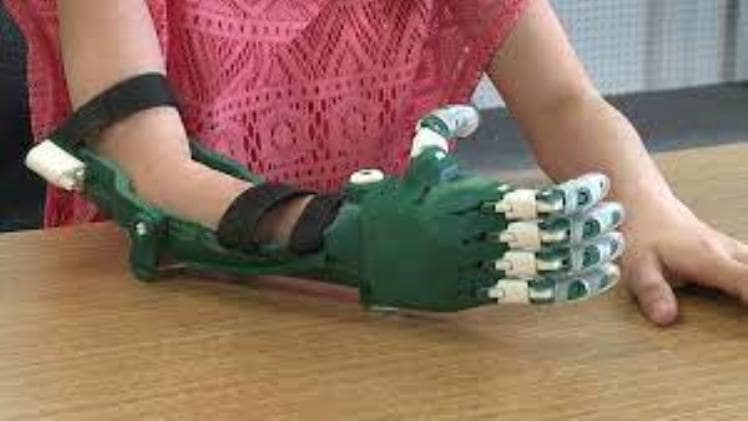If you are looking to put on 3d prosthetics, there are a few things that you should keep in mind. First, make sure that the prosthetic is appropriately made and fits well. Be sure to get help when installing the prosthetic. Lastly, it is important to follow the manufacturer’s instructions carefully.
Preparation is key when installing 3d prosthetics. Make sure you have stable body weight. Also, consider avoiding pins or metal fastenings and create custom designs. This will help your surgeon ensure a smooth installation with minimal pain.
Installing a 3D Prosthetics
There are many ways to install a 3D prosthetic. Some people use a local doctor, some use a professional company, and some use both methods. Make sure you have everything you need before starting whatever method you choose. You need to choose the right type of 3D prosthetic. There are three types of 3D prosthetics: hand, eye, and tooth. Like most people, you probably think of 3D printing as a way to create custom prosthetic limbs. You can use 3D printing to create realistic prosthetic bodies. There are a few tips and tricks that you can use to make the best use of 3D printing technology to create prosthetic bodies. Below we explain how you can properly install these prosthetics.
Maintaining a stable body weight.
You must maintain stable body weight to keep your prosthesis fitting properly. The prosthesis should be examined once a year and serviced if needed. This will help you get the most out of your prosthetic.
Creating customized designs
3D printed prosthetics are an amazing development. They can be customized to resemble real limbs and can even be adorned with artistic designs. Many patients lost their legs in a hit-and-run accident but bounced back using a prosthetic leg.
The technology is also highly accessible, as only a few tools and materials are needed. As the cost of 3D printers declines, more people can afford one. It is also easy to find free design files from various organizations. A 3D prosthetic is created by combining 3D printed parts with computer software. A patient’s needs are taken into account during the designing process. For example, an individual’s body type can dictate the design of the prosthetic. This is a key aspect of prosthetics because it will help ensure the best fit possible.
Creating durable joints
Creating durable joints for installing a 3d prosthetic requires several design steps. First, the prostheses must be inexpensive and easy to use. Second, the process of making them must be easy to understand and standardized. This project focuses on developing a joint model suitable for low-resource settings. You can develop the design of the prosthetic joints in free design software.
Another goal of the project is to create durable joints that are easy to insert and cause minimal pain. In addition, the implant will preserve the joint tissue and promote its ability to self-repair. It can potentially improve the quality of life and mobility of patients requiring joint replacements.
Creating durable joints is easier than you may think. 3D printing allows you to create complicated geometric shapes much cheaper than a block. The process of building in layers and the materials used are important factors that limit its application. However, a 3D printed joint can benefit patients by being customized to fit the patient.
Final Words
If you are considering installing 3d prosthetics, there are a few things to remember. The first is that you need to be aware of the situation’s legalities and ensure that you are following all the proper procedures. Moreover, it is always important to have a good support system and ensure that everyone working with your prosthetic is familiar with its use and care.

